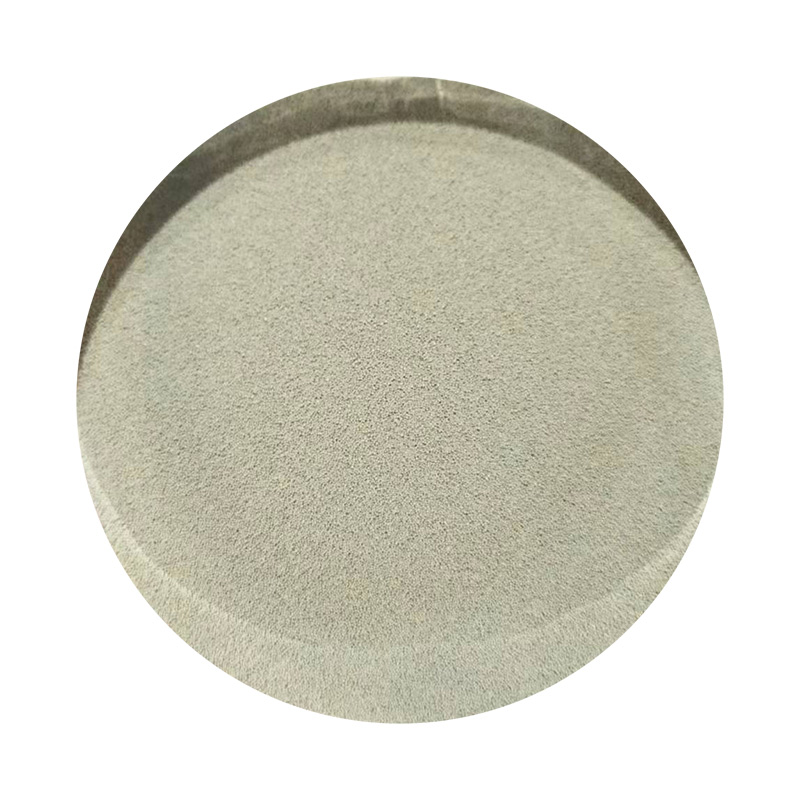
sanding tool 3d print. These features improve the usability and functionality of the tools, making them more versatile and user-friendly. In addition to customization and innovative features, 3D-printed sanding tools offer cost savings and reduced lead times for manufacturers. Traditional manufacturing methods often involve high tooling costs and long production times, especially for complex designs. With 3D printing, manufacturers can produce sanding tools on-demand and with minimal setup costs, resulting in shorter lead times and lower production costs. Another benefit of 3D-printed sanding tools is the reduced environmental impact compared to traditional manufacturing processes. Additive manufacturing techniques used in 3D printing generate less waste material and consume less energy, making it a more sustainable and eco-friendly option for producing sanding tools. Overall, the use of 3D printing technology in the production of sanding tools offers numerous advantages for manufacturers. Customization, innovative features, cost savings, reduced lead times, and environmental sustainability are some of the key benefits of 3D-printed sanding tools. As the technology continues to advance, we can expect to see even more improvements in the design and production of sanding tools, further enhancing their performance and usability in various industries. Post time:Jul . 11, 2024 02:38
Next:Creating metal castings using the sand casting technique for industrial and artistic applications.
